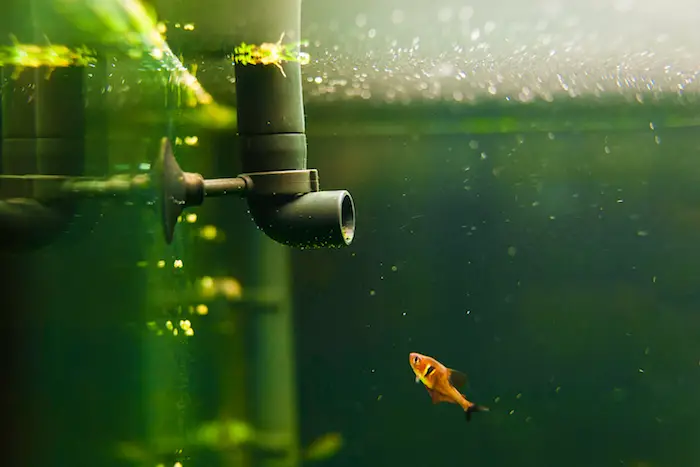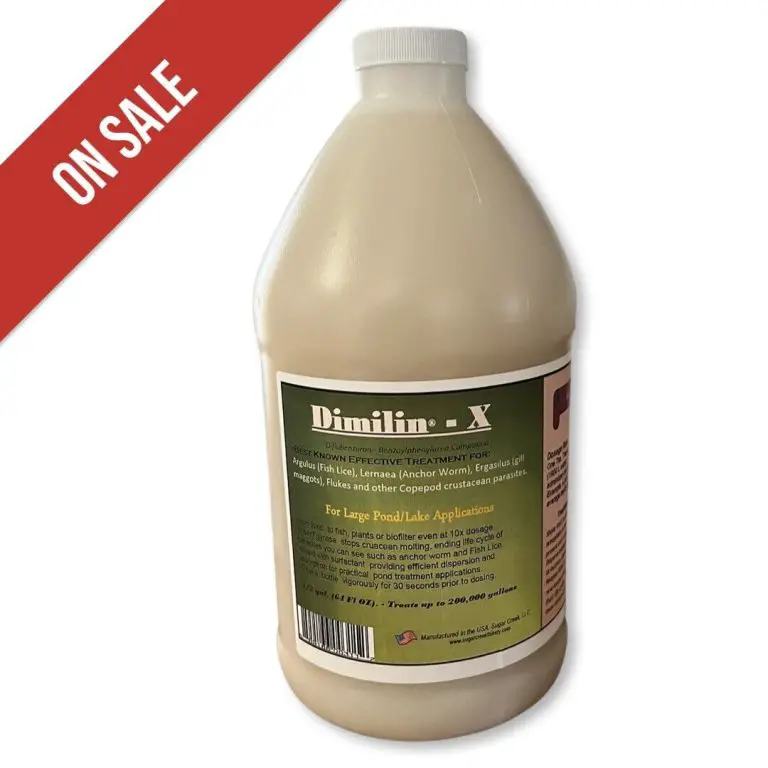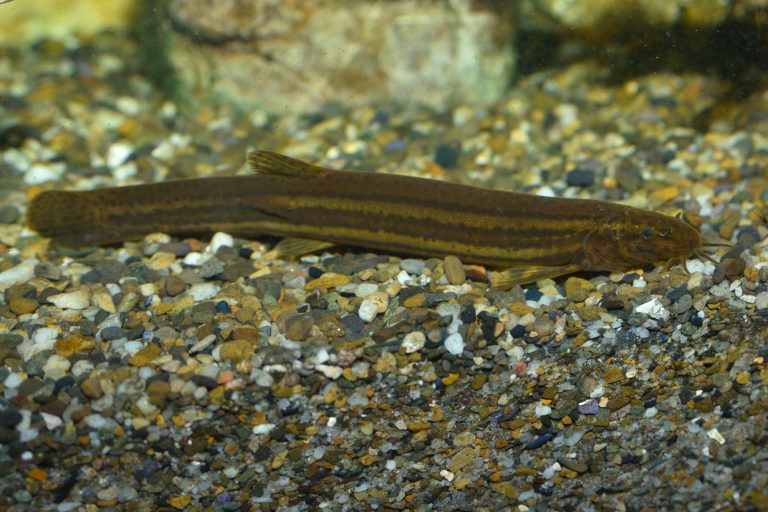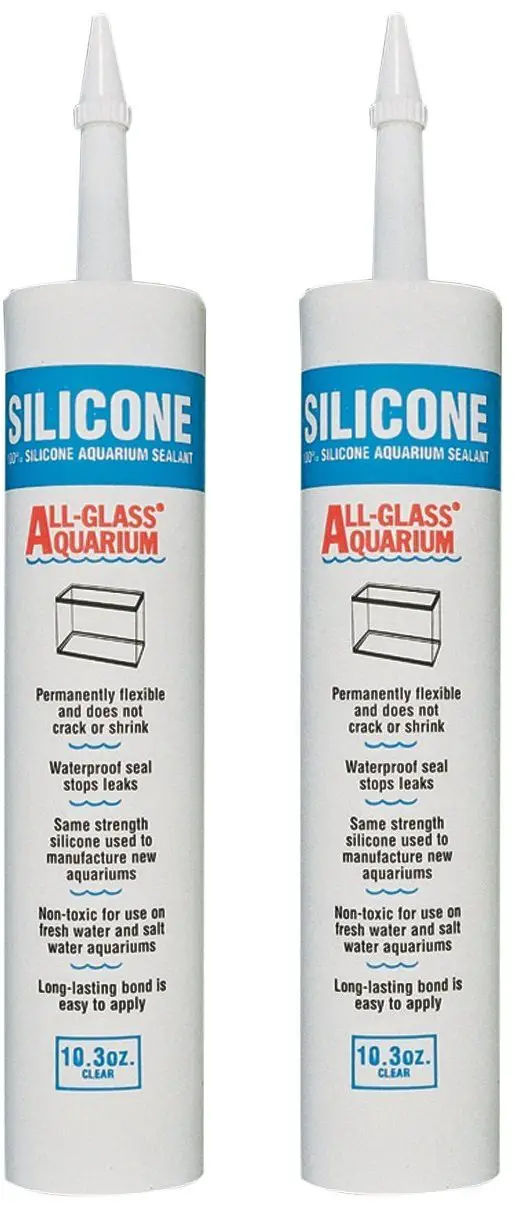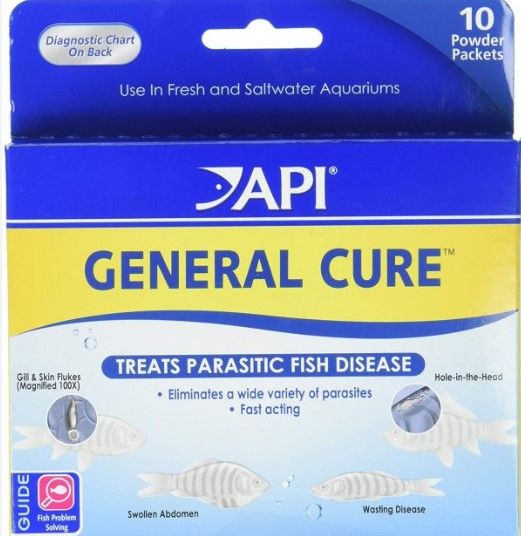Which Way Does The Filter Go In A Fish Tank
Which Way Does the Filter Go in a Fish Tank?
When it comes to maintaining a healthy and clean environment for your beloved fish, a vital component of any fish tank setup is the filter. The filter plays a crucial role in removing impurities, such as waste and excess food, from the water. However, a common question that many fish owners have is: which way does the filter go in a fish tank? In this article, we will explore this topic in-depth and provide you with a clear understanding of the correct positioning of the filter in your aquarium.
To put it simply, the filter in a fish tank should always be positioned in a way that allows water to flow through it properly. This typically involves placing the filter near one corner of the tank, with the intake tube directed towards the bottom and the outflow facing the surface of the water. However, the exact placement and direction of the filter may vary depending on the type of filter you have and the specific needs of your fish.
Types of Fish Tank Filters
Before delving into the correct positioning of the filter, let’s take a quick look at the different types of filters commonly used in fish tanks:
1. Hang-on-Back (HOB) Filters: These filters are designed to hang on the back edge of the aquarium. They have an intake tube that extends into the water and an outflow that returns clean water back into the tank.
2. Canister Filters: Canister filters are typically placed beneath the tank and use hoses to draw water from the aquarium into the canister, which contains various filtering media. The filtered water is then returned to the tank via another hose.
3. Internal Filters: As the name suggests, internal filters are placed inside the tank. They usually consist of a small pump with a built-in filter that sits at the bottom of the aquarium.
Each of these filter types functions differently and may require specific installation instructions from the manufacturer. Therefore, it is essential to read the instruction manual that comes with your particular filter to ensure proper installation and positioning.
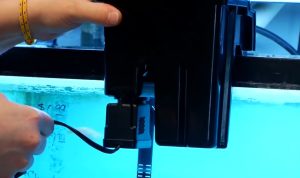
Correct Positioning of the Filter
Now that we understand the different types of filters let’s discuss the correct positioning of the filter in a fish tank.
1. Hang-on-Back (HOB) Filters: For HOB filters, you should position the intake tube near the bottom of the aquarium, ensuring that it is submerged in the water. This placement allows the filter to draw in water efficiently. The outflow, where the cleaned water is returned, should be positioned near the surface of the tank to promote oxygenation.
2. Canister Filters: Canister filters are usually placed beneath the tank or in a cabinet. The intake hose should be connected to the aquarium’s water outlet, drawing water from the tank and into the canister for filtration. The filtered water is then returned to the tank through the outflow hose.
3. Internal Filters: Internal filters are placed at the bottom of the tank, ensuring that they are fully submerged. The filter should be positioned in a corner or against the side of the tank to allow water to flow through it properly. Some internal filters come with adjustable flow rates, allowing you to customize the output to suit your fish’s needs.
It’s important to note that regardless of the type of filter you have, the most crucial aspect is to create a gentle flow of water without causing excessive turbulence. Strong currents can stress fish and disrupt their natural habitat. Monitoring the water flow and making adjustments as needed is crucial for the well-being of your fish.
Frequently Asked Questions
Now, let’s address some frequently asked questions about filters in fish tanks:
1. How often should I clean my filter?
Regular filter maintenance is essential to ensure its optimal performance. It is recommended to clean your filter once a month or as instructed by the manufacturer. However, it’s important to avoid cleaning the filter too frequently, as it can disrupt the beneficial bacteria that help maintain a healthy aquarium ecosystem.
2. Can I turn off the filter at night?
While it may be tempting to turn off the filter at night to reduce noise, it is not recommended. Filters provide vital aeration and water circulation, which are crucial for the health of your fish. Keeping the filter running 24/7 ensures a constant supply of oxygen and circulation, which help remove harmful substances from the water.
3. Why is my filter making a loud noise?
If your filter is making a loud noise, it could indicate a problem such as an air blockage or a worn-down impeller. Check the filter for any debris or obstructions and clean or replace the impeller if necessary. If the problem persists, it may be best to consult the manufacturer or consider replacing the filter.
4. Should I rinse the filter media under tap water?
Rinsing the filter media under tap water can remove the beneficial bacteria that have accumulated on it. Instead, it is recommended to rinse the media in a bucket of aquarium water to remove debris without harming the beneficial bacteria.
5. Can I use multiple filters in my fish tank?
Using multiple filters in a fish tank can provide additional filtration and help maintain water quality. However, it is important to ensure that the combined flow rate of the filters is suitable for your fish and does not create excessive water movement.
Final Thoughts
Finding the correct positioning for your fish tank filter is crucial for maintaining a healthy and thriving aquatic environment. By following the manufacturer’s instructions and considering the needs of your fish, you can ensure optimal water flow and filtration. Remember to regularly maintain and clean your filter to promote the longevity of your aquarium and the well-being of your fish. Happy fishkeeping!
